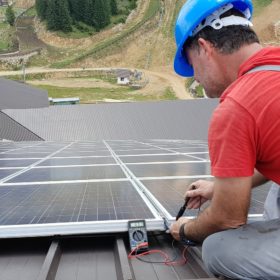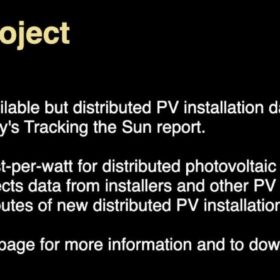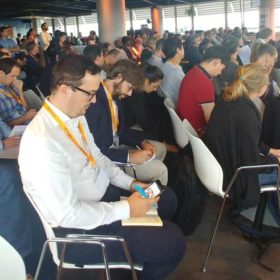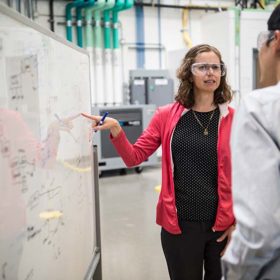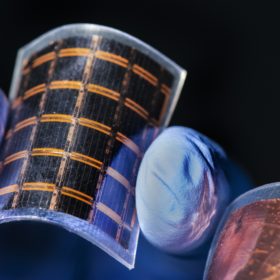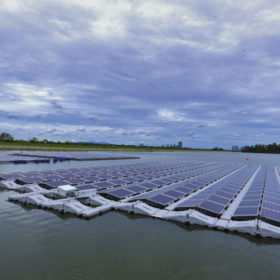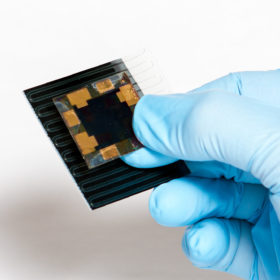Live fast, die young: MIT study proposes use of 10-year panels
Research has found even short-lived, 10 to 15-year solar panels could provide enough return for bankable projects. The researchers believe panel costs, coupled with an industry mindset now fixed on the final solar energy price rather than costs per kilowatt installed, may open opportunities for PV products currently snubbed because of a short lifecycle.
Open PV Project goes offline
The US Department of Energy has shut down the site for its Open PV Project, which supplied cost and installation data. Is this the winding down of a project whose time had come, or is the administration of President Donald Trump closing off another data source on renewable energy?
A common language for bifacial PV
This week pv magazine was in Amsterdam for the sixth edition of the BifiPV workshop, where the discussion focused on the impressive achievements made by bifacial solar modules and the challenges the technology faces as it moves toward mainstream adoption.
Stitching together the grid of the future
A vision of a decentralized, renewable-powered electricity grid is being brought a step closer by scientists at the U.S. National Renewable Energy Laboratory. Their project, Autonomous Energy Grids, aims to take an overarching look at the solutions that will power this grid of the future, and to fill any gaps that appear between them.
Another step toward affordable III-V solar cells
The U.S. National Renewable Energy Laboratory reports further progress in bringing down the cost of III-V solar cells. Scientists have refined their ‘brand new, 50-year-old’ D-HVPE technology to speed up the production rate for gallium arsenide solar cells by a factor of more than 20. The development is a potential step toward making incredibly efficient solar cells cost effective for everyday purposes.
Solar’s 20 most overlooked benefits for global sustainability
As renewable energy development is ramped up to address the climate crisis, negative side-effects should be avoided, especially when technology and resources could maximize the benefits. ‘Techno-ecological’ crossovers could ensure win-win outcomes for solar development and ecosystem and biodiversity conservation.
Miasolé hits 20.56% efficiency with flexible CIGS technology
California based Hanergy subsidiary Miasolé has broken its own internal record for thin film cell efficiency, surpassing the 20% mark. The efficiency of 20.56% on a flexible substrate has been confirmed by U.S. National Renewable Energy Laboratory.
Cost of developing renewables in Southeast Asia put through new mapping tool
Using an application based on resource data and country-specific techno-economic inputs, a report has analyzed the costs of developing utility scale renewables in Southeast Asia and found abundant, cost-competitive potential.
Nothing can bring down the price of III-V solar cells – just add germanium
A research paper from scientists at the U.S. National Renewable Energy Laboratory outlines a new approach to the production of gallium arsenide based cells. The approach, termed ‘germanium on nothing’, could enable the cost effective, high volume production of PV cells based on III-V materials such as gallium arsenide.
How PV is changing the world of energy
The annual expansion of photovoltaics throughout the world surpassed the 100 GW mark last year. The multi-terawatt market is looming on the horizon and PV is becoming a “game changer” in the global energy system in five specific areas, according to a consortium of research institutes.
